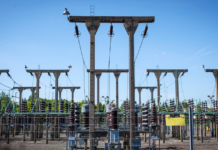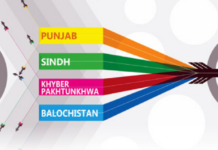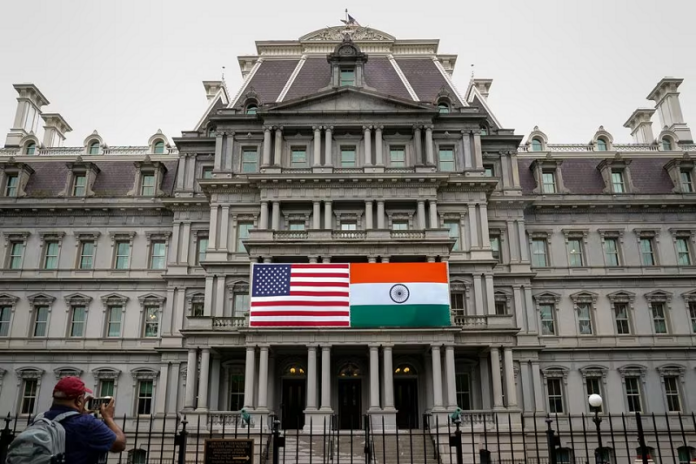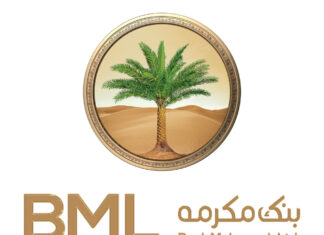In a surprise move likely to disrupt ongoing trade negotiations, U.S. President Donald Trump on Wednesday announced the imposition of a 25% tariff on goods imported from India, effective August 1. The White House also signaled plans to introduce an unspecified penalty in response to India’s continued defense and energy transactions with Russia.
The tariff decision comes despite several months of backchannel negotiations aimed at finalizing a limited trade agreement between the two countries—talks that now appear to be indefinitely stalled.
Agneshwar Sen, trade policy leader at EY India, called the tariff hike “an unfortunate development,” especially given the growing strategic alignment between India and the United States in recent years. However, he added that both sides remain engaged. “The U.S. team is expected in India later in August to finalize a comprehensive trade agreement,” he said.
Market watchers had anticipated a breakthrough rather than a breakdown in trade ties. “Despite the unpredictable policy making of the U.S., the market was expecting a tariff deal to work out as longer-term U.S.-India strategic interests are aligned,” said Nilesh Shah, Managing Director at Kotak Mahindra Asset Management. “Markets will hope for a ‘TACO’ trade if better senses prevail.”
Trump’s decision introduces a new layer of uncertainty into India’s global export landscape. R. Anen Banerjee, partner at PwC India’s economic advisory wing, warned that “higher tariffs for India compared to countries it competes with, for exports to the U.S., are going to be challenging.” Still, he remained hopeful, suggesting that “the period of applicability of these higher tariffs could be short,” should a deal be concluded soon.
Economist Madhavi Arora from Emkay Global offered a broader lens on the development, suggesting that geopolitical considerations are still in play. “We don’t think the trade-deal haggling between the two nations is over yet. We see it more from the lens of geopolitics than purely economics,” she noted, adding that the balance of power may have shifted slightly in America’s favor.
Shah also pointed to the need for India to use this moment as a wake-up call for internal reforms. “I hope and pray that this unilateral imposition should accelerate Indian policy making to be growth supportive. Our biggest deterrence continues to remain GDP size and competitiveness,” he said.
As the clock ticks down to the August 1 tariff deadline, all eyes are now on the diplomatic engagement scheduled for later next month—talks that may determine whether this rupture turns into a reset.






















